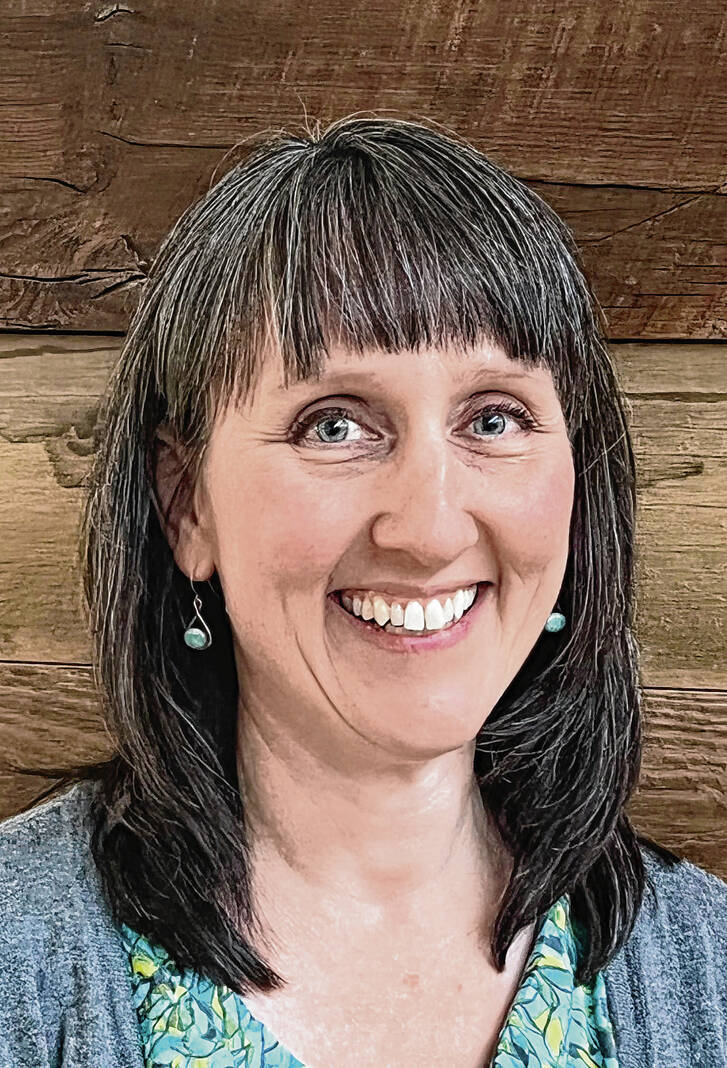
Cohen
The Lake Monroe Water Fund recently hired Michelle Cohen as its executive director, the organization’s first employee.
The organization is the first water fund in Indiana and only one of approximately 48 worldwide, according to a news release from board President Jane Martin.
The Lake Monroe Watershed includes five counties: Jackson, Brown, Monroe, Lawrence and Bartholomew. Ninety-eight percent of the 441-square-mile watershed lies within three counties: Brown County (56%), Jackson County (21%) and Monroe County (21%).
Martin said the fund provides an innovative way for downstream water users to invest in conservation activities upstream to protect and restore the Lake Monroe watershed. It is based on a new kind of model for sustaining watersheds that The Nature Conservancy employed with its first water fund in Quito, Ecuador, in 2000 and is replicating across the globe.
According to the conservancy’s website, water funds create a system through which municipal utilities and businesses can invest in the source of their water upstream. But it’s not just downstream stakeholders that are investing in these protection and restoration initiatives. The water fund model has attracted outside funding from public funding agencies and private foundations and donors, Martin said.
By creating this new position, she said the fund is readying itself to pursue large-scale grants and other funding for projects that reduce runoff pollution and protect the watershed.
This is in fulfillment of its mission as an active funder for watershed projects that conserve, protect and sustain Lake Monroe as a shared community water resource. Projects involving reforestation top the priority list as well as projects to address septic system needs and to support soil health practices in agriculture.
Martin said she envisions engaging key community and corporate partners and individual donors to support these efforts.
“Michelle is an experienced environmental executive who knows our watershed and our region as well as the state and federal grant authorities,” Martin said. “We anticipate dramatic growth in our capabilities this year and beyond.”
Cohen brings 12 years of experience heading other environmental entities to the role, first as the Brown County Solid Waste Management District manager and subsequently as the executive director for the Indiana Recycling Coalition, now dubbed Circular Indiana.
She graduated magna cum laude from Wittenberg University and then came to Bloomington, where she earned a Master’s of Science in environmental science from the O’Neill School for Public and Environmental Affairs at Indiana University.
Like many others who come to Bloomington to attend IU, she stayed because she felt at home here and appreciated the natural beauty and community atmosphere of the Bloomington area.
“I love the region and the people, so I am extremely excited to be working with dedicated board members and community partners to protect Lake Monroe and its watershed,” Cohen said.
The lake, completed in 1965, is a reservoir that was created by the U.S. Army Corps of Engineers to be a 100-year drinking water source, and Cohen said protecting the watershed and extending its life is critical to area residents and the economic viability of Bloomington and the surrounding communities.
The fund just celebrated its first anniversary as an incorporated nonprofit.
Cohen said everyone who lives in the watershed, engages in recreation at the lake or uses drinking water sourced from the lake has a key role to play in protecting it.
Appropriately, the announcement of Cohen’s hiring coincides with World Water Day, which is an annual day of observance started by the United Nations to celebrate water and raise awareness of people currently living without access to safe water. Locally, more than 128,000 customers rely on Lake Monroe as their sole source of drinking water.
The fund’s goal is to contribute to water security through nature-based solutions that serve the entire community. It aims to do this by garnering investments from downstream water users — residents, businesses, utilities and local governments.
These funds will go to upstream farmers, landholders and communities to pay for conservation activities. Water users then benefit from improved water quality and quantity.
